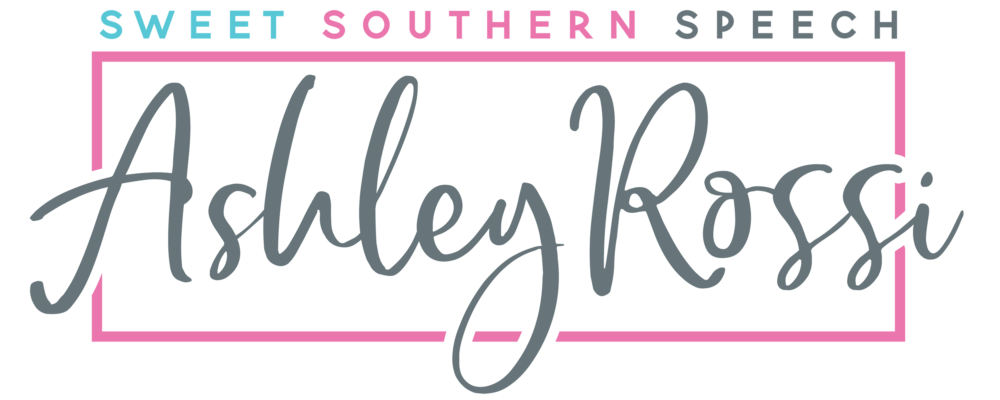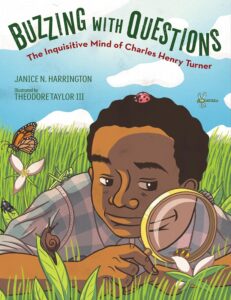The story of Charles Henry Turner, the first Black entomologist — a scientist who studies bugs — is told in this fascinating book for young readers.
Can spiders learn? How do ants find their way home? Can bugs see color? All of these questions buzzed endlessly in Charles Henry Turner’s mind. He was fascinated by plants and animals and bugs. And even when he faced racial prejudice, Turner did not stop wondering. He constantly read, researched, and experimented. This nonfiction picture book, highlights Turner’s unstoppable quest for knowledge and his passion for science.
This biographical bug book can be used in speech therapy to address rich vocabulary and STEM concepts. It is also great for describing character traits! Discover more of the speech and language teaching concepts for using Buzzing with Questions in speech therapy below:



